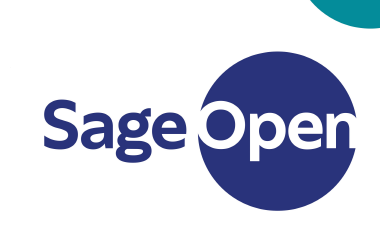The Impact of Social Media on Preventive Behavior During the COVID-19 …
본문
- ABSTRACT
- 연구노트

Choi, D. H., & Noh, G. Y. (2023). The Impact of Social Media on Preventive Behavior During the COVID-19 Qutbreak in South Korea: The Roles of Social Norms and Self-Efficacy. SAGE Open, 13(3).
ABSTRACT
Social media are important channels to propagate health information and influence preventive behavior during a public health crisis, as witnessed during the coronavirus pandemic (COVID-19). This study explored the association between social media use and preventive behavior during the outbreak of COVID-19 in South Korea. Using the national survey data (N = 1,500), the study examined the mediating role of social norms in the association between social media use for news and information about COVID-19 and preventive behavior. In addition, the study tested the moderating effect of self-efficacy on the mediating path of social media use for preventive behavior via social norms. Conducting a moderated mediation analysis method, this study found that social norms mediated the relationship between social media use and preventive behavior (b = 0.046). Moreover, the study revealed that the indirect relationship between social media use and preventive behavior through social norms becomes stronger as an individual’s level of self-efficacy decreases (low: b = 0.044, middle: b = 0.036, and high: b = 0.030). The study provides empirical evidence of the beneficial impact of social media use on preventive behavior. The findings of the study recommend promoting messages on social norms through social media for facilitating preventive behavior.
Methods
Data
Measures
Social Media Use
첨부파일
-
choi-noh-2023-the-impact-of-social-media-on-preventive-behavior-during-the-covid-19-outbreak-in-south-korea-the-roles.pdf (444.5K)
5회 다운로드 | DATE : 2023-07-04 12:13:28